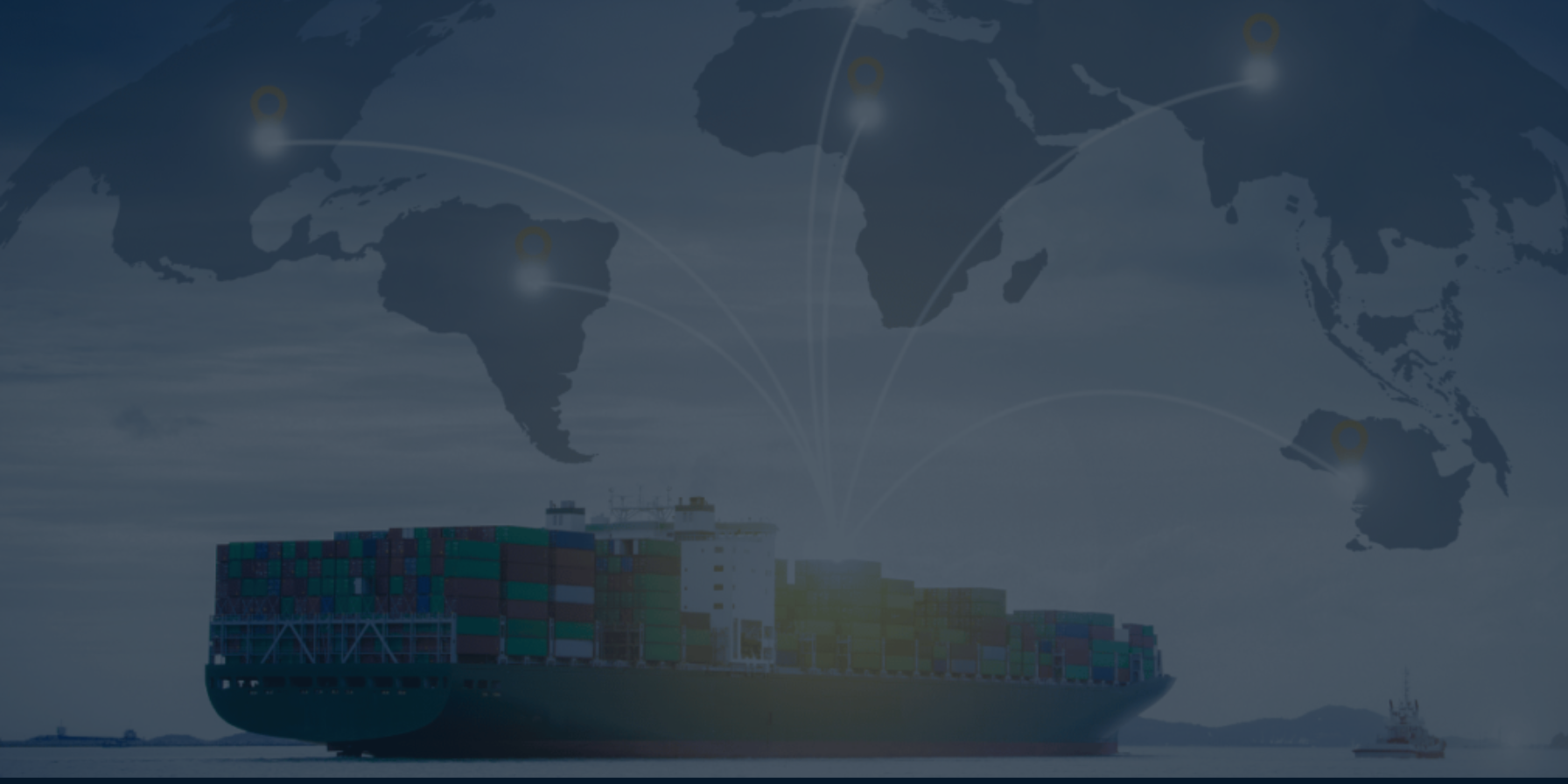Shipment Visibility vs. Package Tracking: What’s the Difference?
Many freight shippers believe they have visibility because they can track shipments. In reality, tracking alone often leaves teams reacting to...
2 min read
FreightPOP : Apr 26, 2022

Last-mile logistics remains a considerable challenge for shippers, and now dynamic carrier pricing, autonomous vehicles, and drones are bringing issues and opportunities for last-mile deliveries.
With online giants such as Amazon and Walmart offering free shipping and same-day delivery options, consumer expectations force retailers to redefine their logistics. Getting goods from companies to warehouses and store shelves happens over predictable routes, which allows for efficient operations. However, that last mile is often the most expensive and time-consuming part of the entire shipping process.
The final journey includes manual unloading and doorstep delivery, multiple stops, and often chaotic routing. Last-mile tracking is often inconsistent because of the variables involved. In cities, traffic congestion often plays havoc on delivery schedules, suburban deliveries can cover a considerable distance, requiring more time, and rural deliveries can take drivers miles off the beaten path.
A study from Business Insider pegged the cost of last-mile delivery at 53% of the total shipping costs. Consumers, now expecting free shipping, are increasingly unwilling to pay delivery fees. That puts the burden on shippers and logistics partners to absorb the cost or find more efficient processes to reduce expense.
At the same time, more goods are being shipped than ever. More than three-quarters of businesses surveyed anticipate shipping volume to rise to record levels in 2022. While inflation and economic growth concerns may slow sales, analysts still predict modest increases in retail sales. Still, the acceleration of retail and home delivery is taking a massive chunk of the market.
UPS has equipped many of its delivery trucks with its On-Road Integrated Optimization and Navigation (ORION) platform to create dynamic routing to automatically reduce driver miles. Routes are constantly analyzed and optimized for optimal routing based on changing conditions.
Many wonder if a move towards dynamic pricing for last-mile carrier delivery might be on the horizon, which could change the dynamics of last-mile logistics. Shippers would need to be more flexible on rates and have the right technology to stay on top of the algorithms that run dynamic pricing to accurately manage and forecast rates.
Without a robust transportation management system (TMS), experts agree it would be overwhelming for shippers to keep track of rates, last-mile tracking, and contract compliance by carriers.
Our Strategic Partnerships Manager, Jon Freeman, talks about the complexity that can arise with dynamic pricing and how a TMS solution is mandatory.
Autonomous Vehicle and Drone Solutions for Last-Mile Delivery
Companies are also looking to technology to reduce last-mile costs, such as using autonomous vehicles and drone delivery. Some examples include:
Mitsubishi, Nuro, Segway, and Uber-spinoff Serve Robotics are all backing autonomous vehicle delivery, primarily focusing on congested urban areas where wait time adds to costs. Walmart uses Gatik’s self-driving trucks to make deliveries in some Canadian cities. Amazon, FedEx, and UPS are all pursuing autonomous vehicles for last-mile logistics.
As these emerging technologies become more prevalent, they can also create fluctuating pricing for last-mile delivery. Shippers will need to watch rates and carefully plan logistics even more carefully. With more options than ever before, more systems and vendors to onboard, and last-mile tracking and pricing becoming more complex, TMS solutions become even more essential.
With new options, including crowdsourced last-mile delivery services, shippers and brokers will need to be able to track more sources to manage costs.
Companies trying to manage complex logistics with paper and spreadsheets are struggling to keep up with fluctuating prices, fuel costs, and diminished shipping capacity. Shippers must invest in real-time data for logistics planning and optimization as things grow more complex. Plus, everything has to work together seamlessly. Integrating your logistic management platforms with existing business systems is crucial to automating as much of your supply chain as possible, from procurement to last-mile delivery.
We have been singled out time and again for our TMS software, integration capabilities, and support. We encourage you to take a spin of our solution to see what savings, oversight, and control you are missing with your shipping. Reach out to our team today - we'd love to help!


Many freight shippers believe they have visibility because they can track shipments. In reality, tracking alone often leaves teams reacting to...

Supply chain management relies on synchronization. Disruption in the chain costs money and goodwill with customers and suppliers. How can AI enhance...

Multi-carrier shipping software, or TMS, is powerful–giving a vital competitive edge that lets you shop rates faster, hold carriers accountable, and...